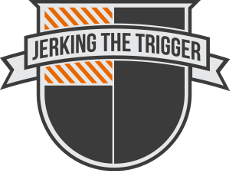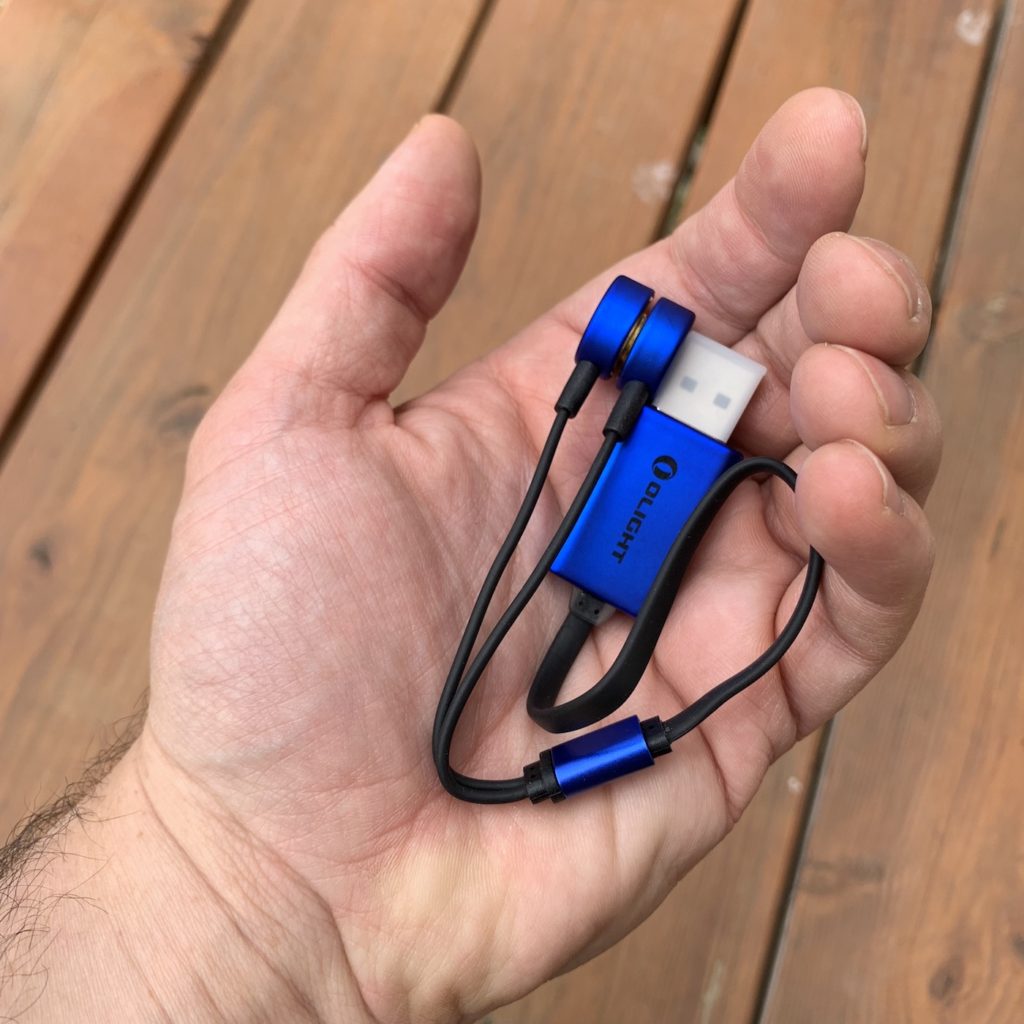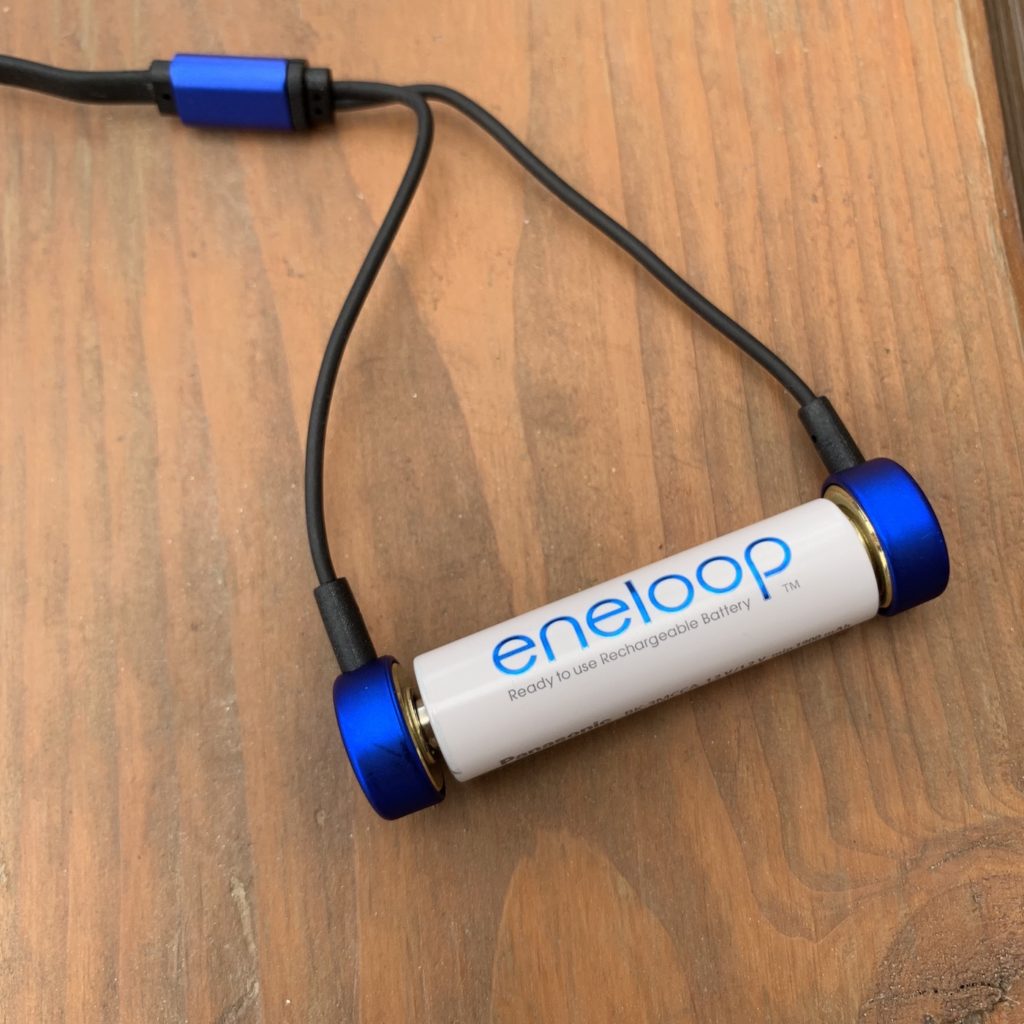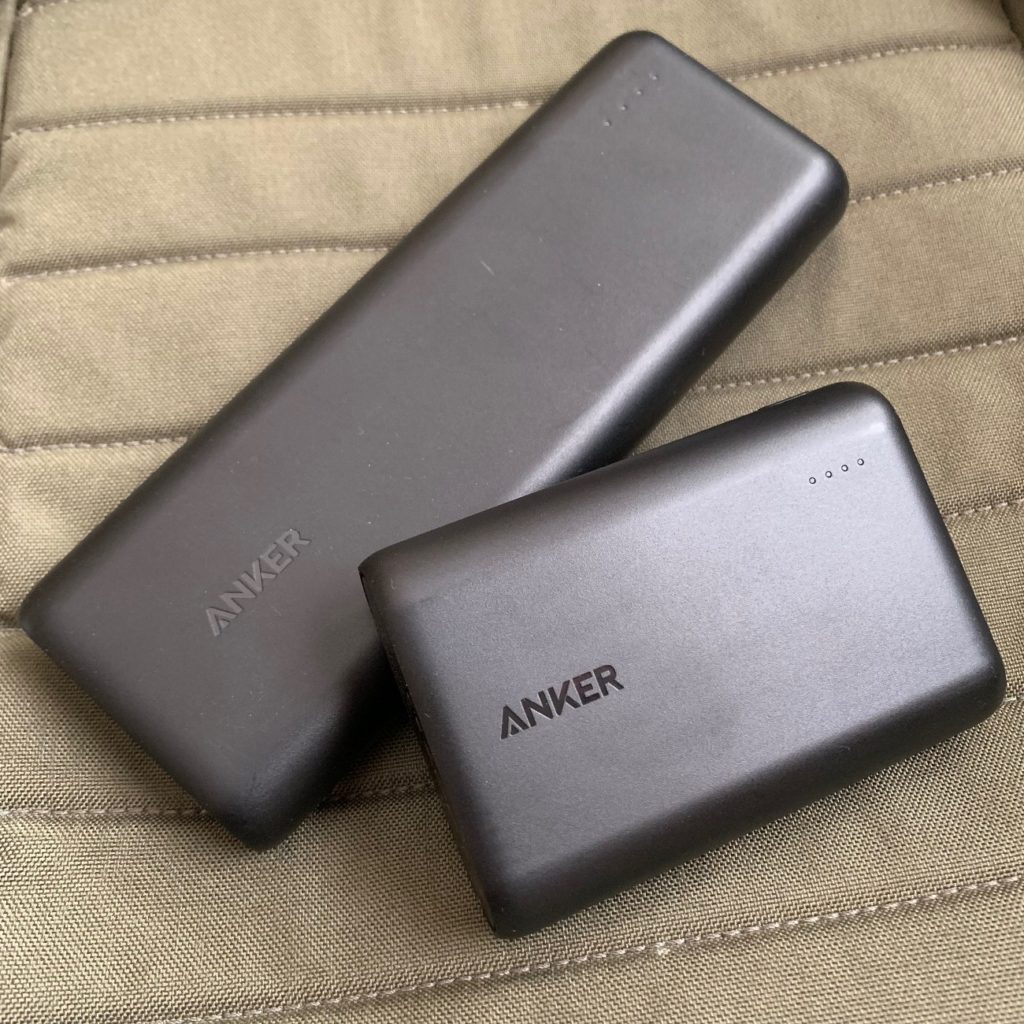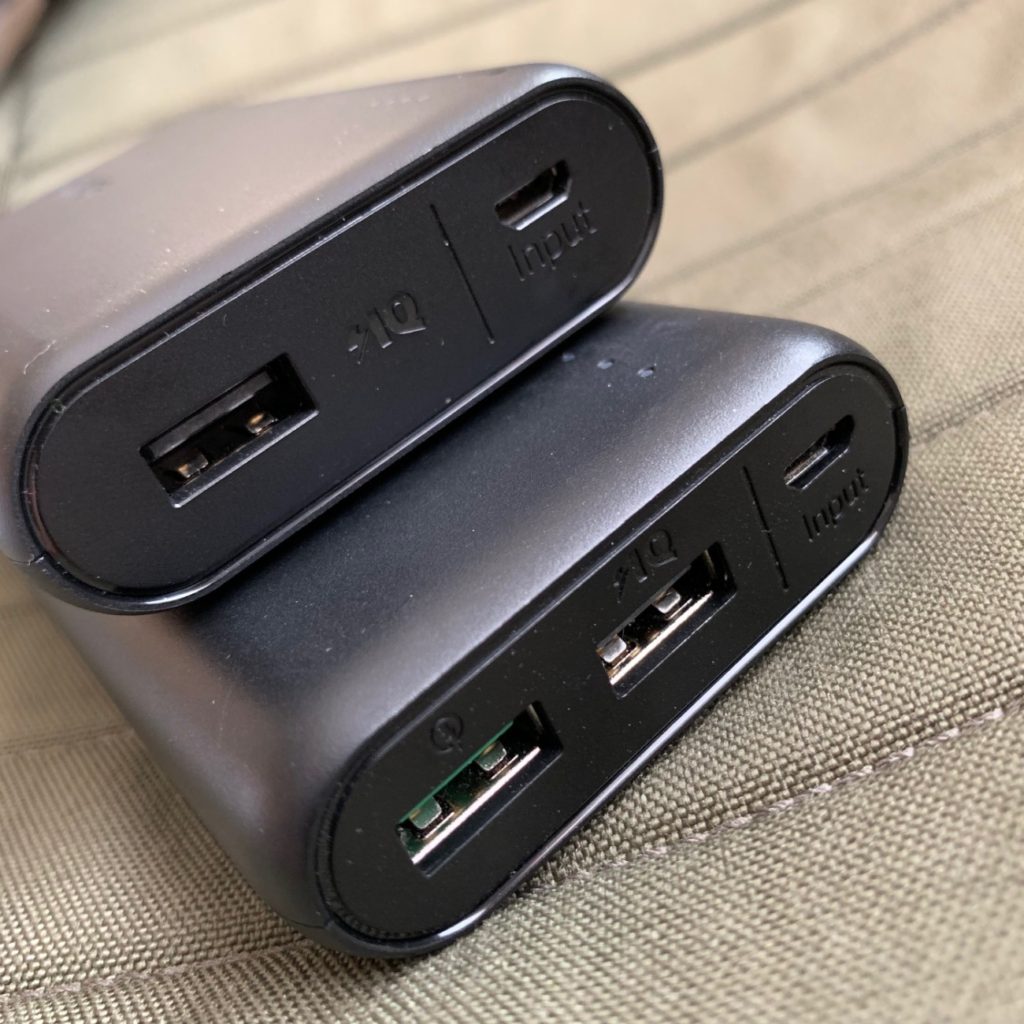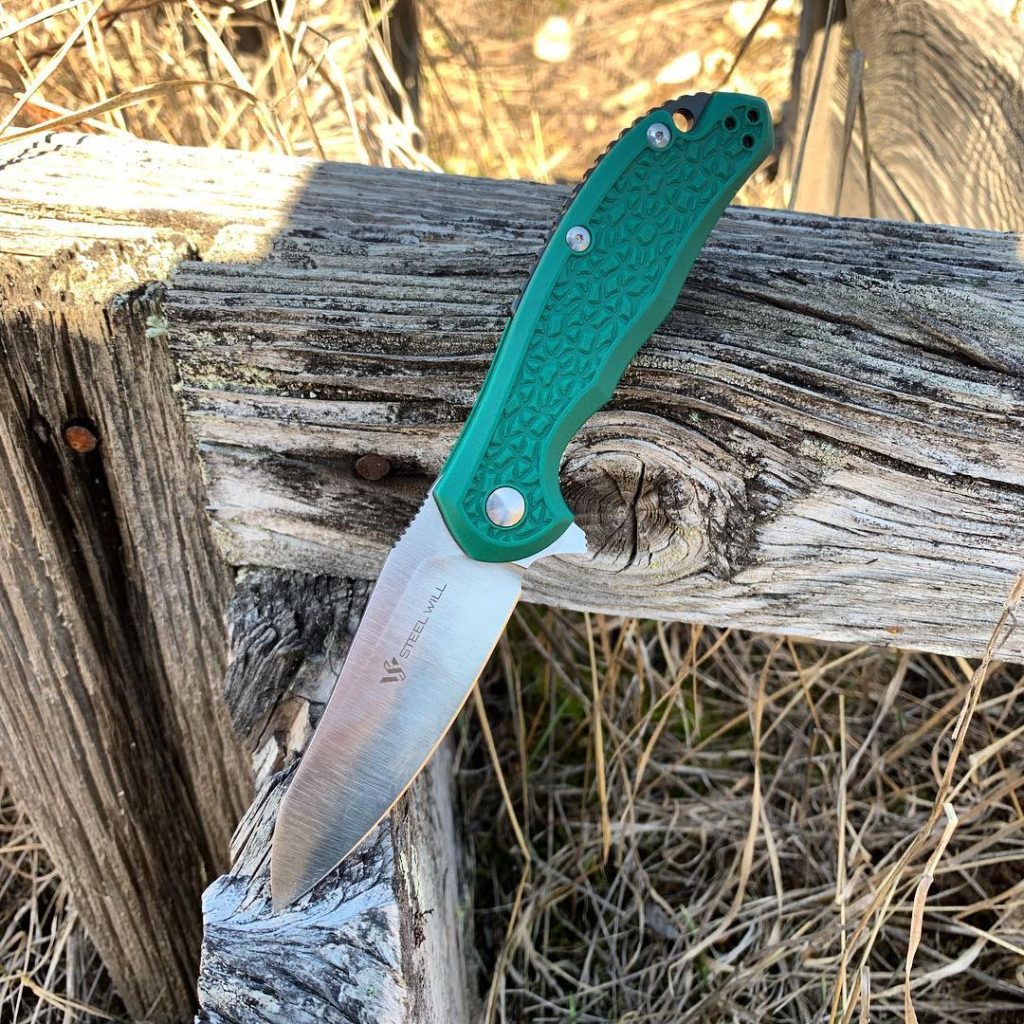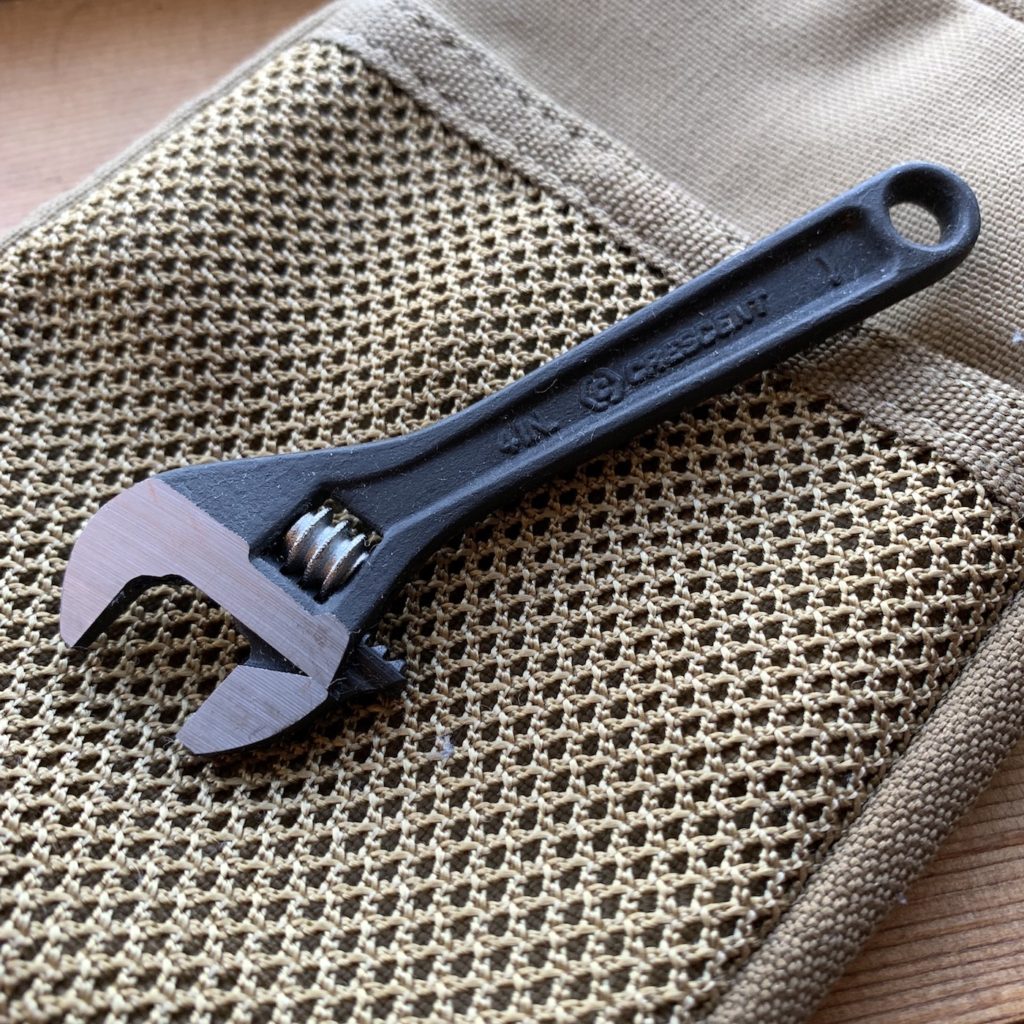I have said before that I turn down far more review items than I take on. Something has to really grab my interest in order for me to consider sinking the time and ammo (money) into testing… especially when it comes to muzzle devices. Walker Defense Research’s NERO 556 definitely grabbed my interest with its computer modeled and very unique shape, modern manufacturing methods, and exotic materials.

Overview
The NERO 556 is what Walker Defense Research refers to as a hybrid muzzle brake/compensator. It has a very unique shape that is the result of “ground up” design based on computer-modeled physics. It is made from Inconel, an alloy that is extremely heat and corrosion resistant.
The complex internal shapes and material selection required a different approach to manufacturing so the NERO 556 is direct metal laser sintered which is essentially 3D printing with metal.
The NERO 556 is finished with a black PVD coating that actually renders a sort of matte grey finish. It is 2.6″ long, pre-drilled for pinning to a 14.5″ barrel, includes a crush washer (I mounted mine with shims) and is threaded 1/2×28.
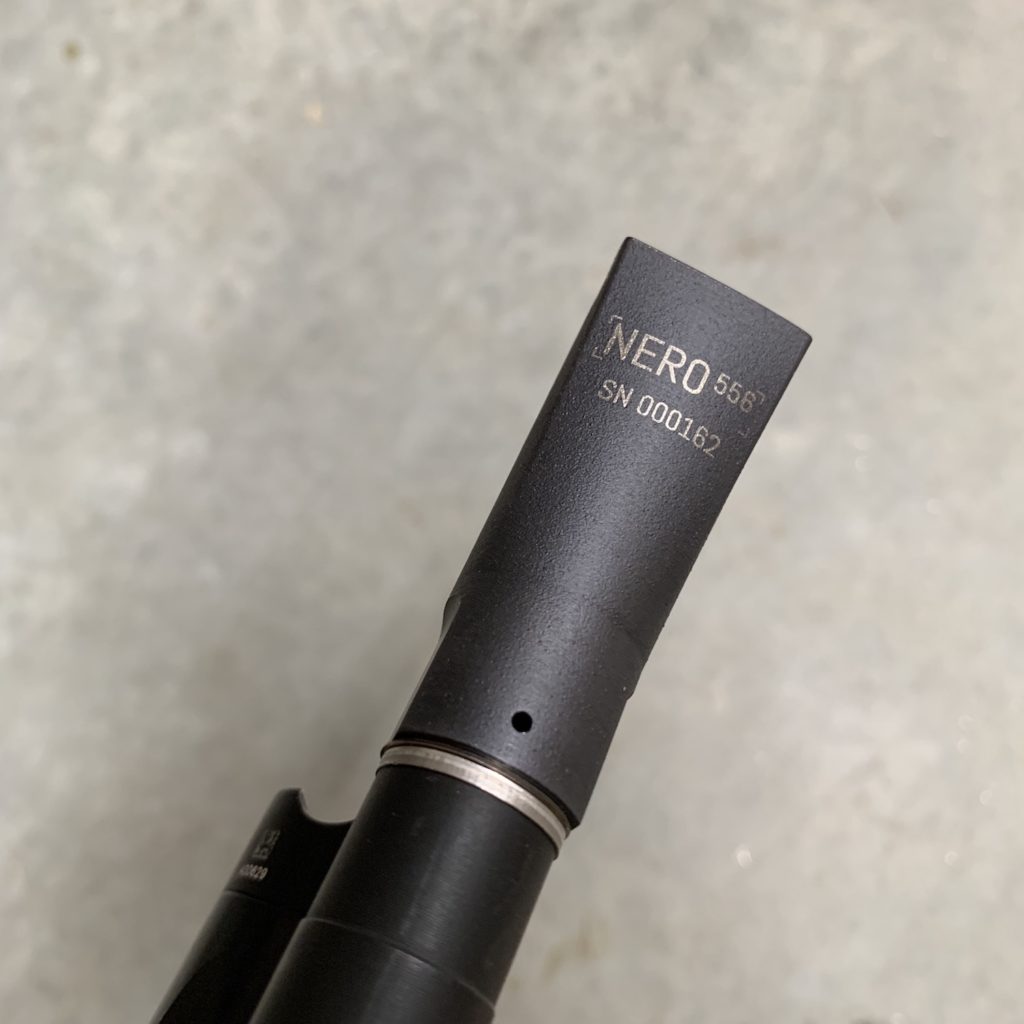
Observations from Use
In my log book, I have just over 600 rounds recorded on this brake but I know the actual number is higher from a few other people giving it a try (something I find helpful in brake reviews). It was mounted on an upper built with a Sionics 16″ medium contour, mid-length barrel. I learned a fair amount in that time and this, like many brakes, feels like it does need to be learned.
Walker Defense states that their goal was “to create the ideal compensating muzzle brake by starting from a blank canvas. Our goal was to completely transform the recoil impulse of the AR-15 into a simple, soft rearward push with zero muzzle climb.” In my experience with typical cylindrical muzzle brakes, there is only so much that can be done to balance how the escaping gases are vectored in order to control the muzzle so I was hoping that the unique shape of the NERO 556 would give it an edge. I would say that it definitely works but there is still that subjective element found with many brakes.
I found that when I initially shot the NERO 556, the muzzle was driven down below my point of aim. There is probably an argument to made that is better than allow the muzzle to rise above the point of aim but, to my way of thinking, recovering from below point of aim is still taking time to recover. However (and this is a big however), I did find that I was able to mitigate this effect as I spent more time with the brake and a friend who tried it said it was one of the most neutral brakes he has ever tried. This is why I like to get feedback from others for muzzle device reviews. Individual grip, stance, and skill level can play a part in the performance of any muzzle device.
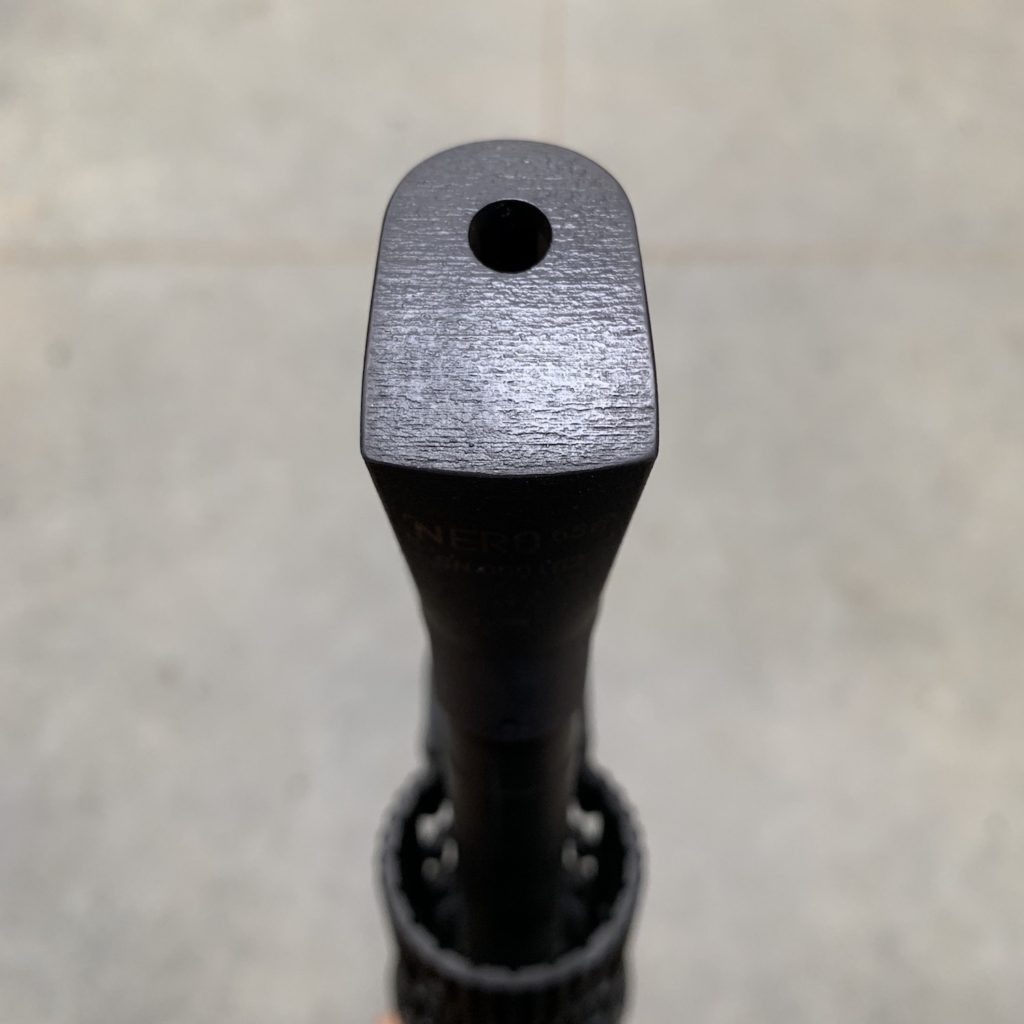
I still find that it drives the muzzle down a bit but with some additional time behind the brake, it does seem that I am adjusting. One thing is for sure, the NERO 556 effectively eliminates muzzle rise. The bottom line is that there is no such thing as a magical muzzle device. You are going to have to put in the time with this brake just as you would any other. If you do not already have a grip and stance that works to provide fast followup shots, this isn’t going to fix that. If you do, the NERO 556 will enhance what you are already doing.
Regarding concussion and noise levels… It’s still a brake/comp. The design does not beat you up as much as something with large side ports but I still perceive it as louder/more concussive than something like a pronged flash suppressor when I am shooting and when I’m near someone shooting it. When you are redirecting combustion gases as effectively as the NERO 556 does, this is to be expected.
I should also say that I have really come to appreciate the idea of the NERO 556 which, even as I type this, sounds strange. The performance is actually quite good but I also just really appreciate the way this device pushes the envelope. It looks different. It is made in a different way from differing materials. However, those differences have a purpose behind them. This is a bold project and I like that about it.
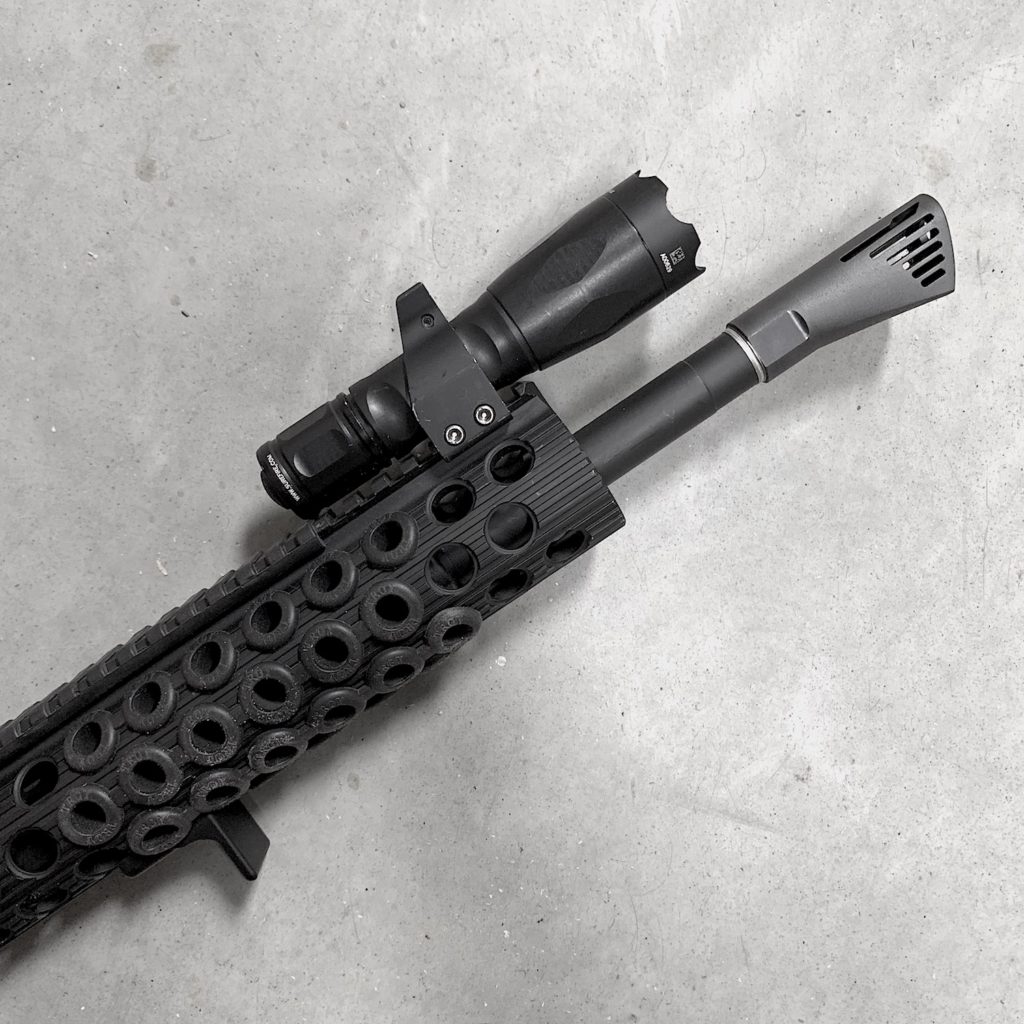
Wrap Up
The NERO 556 is function over form. It is ultra modern in concept, execution, design, and materials. It is ambitious.
It effectively mitigates muzzle climb though some may find that it depresses the muzzle. As with any muzzle device, it is up to you to hone yourself until you are leveraging it fully. It is loud though not as bone-rattling as brakes with large side ports.
